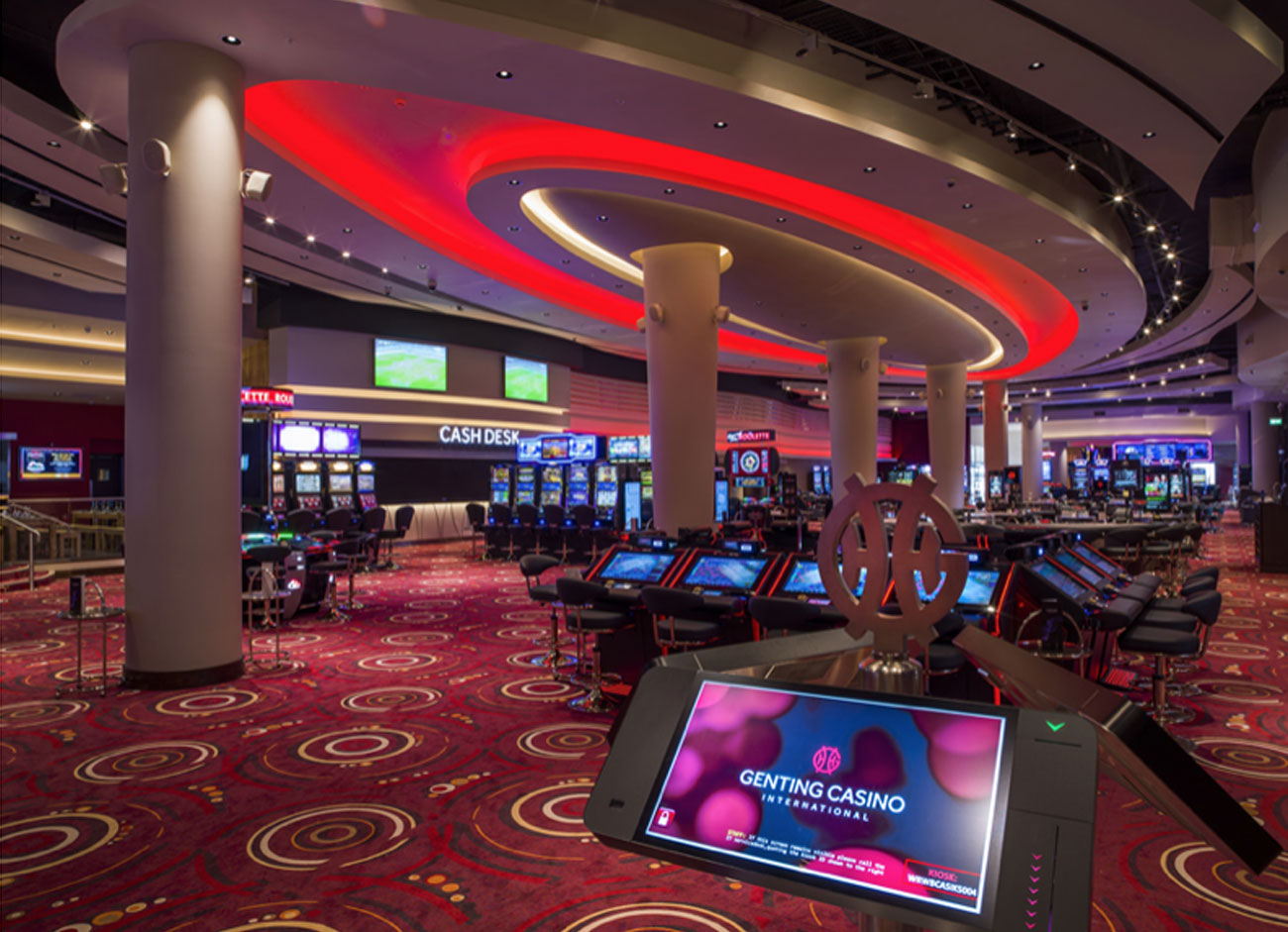Amidst an environment where remote work has turned into the usual, the way we view our work settings has changed considerably. The traditional office setting is being replaced by cutting-edge work studios that focus on flexibility and creativity. These environments are designed not just for task completion but for nurturing an inspiring atmosphere that enhances productivity.
Work studios provide a refreshing alternative to the boring home office or generic cubicle. They offer a unique blend of functionality and aesthetic appeal, allowing individuals to tailor their surroundings to match their working style. By fostering an environment that inspires collaboration, creativity, and focus, work studios are changing how we engage with our projects and ultimately, how we perform.

Advantages of Work Studios
Work studios grant a specific environment that fosters creativity and focus. When individuals utilize a work studio, they routinely find it more manageable to separate their professional tasks from personal distractions. This defined demarcation facilitates in establishing a routine, permitting for deeper concentration and improved output. The design of these studios is commonly tailored to inspire, with elements such as natural light, ergonomic furniture, and inspiring decor.
Additionally, work studios encourage collaboration and networking among professionals. Many work studios are designed to feature shared spaces, encouraging interaction between people from various industries. This collaborative atmosphere can lead to creative ideas and partnerships that would not take place in isolation. The exposure to different perspectives typically results in enhanced problem-solving and creativity.
Moreover, work studios can contribute to better work-life balance. By having a specific location for work, individuals can set boundaries that prevent work from interfering into personal time. This distinction can reduce stress and burnout, leading to a more fulfilling professional life. Ultimately, the structured environment of work studios plays a critical role in boosting productivity and well-being.
Creating for Efficiency
Designing an impactful work studio involves careful planning and consideration of multiple design elements that can greatly enhance productivity. The layout of the space plays a crucial role; an open design can encourage collaboration, while specific quiet areas can help individuals concentrate on tasks that require intense concentration. By balancing communal spaces with private zones, work studios can support a wide range of working styles, ensuring that all individuals has access to an space that suits their requirements.
Daylight light is another important factor in creating a successful work studio. Utilizing large windows or skylights not only illuminates the space but also enhances mood and energy levels. Studies have shown that interaction with natural light can boost cognitive function and creativity, making it crucial for workspaces that aim to motivate. Additionally, including greenery and plants can enhance air quality and bring a sense of tranquility, further promoting a productive atmosphere.
Moreover, ergonomic furniture is essential in a work studio’s design. Supportive chairs and adjustable desks encourage proper posture and aid in long hours of work, lessening distractions caused by discomfort. By prioritizing physical health through considerately chosen furnishings, work studios can foster environments where individuals feel motivated and focused, ultimately leading to increased output and job satisfaction.
Case Studies of Successful Work Studios
One notable example of a thriving work studio is the WeWork network, which revolutionized the concept of shared workspaces on a global scale. Podcast Editing Studio Austin With distinctive design elements and a community-focused approach, WeWork caters to independent workers, startups, and well-known companies alike. Their innovative environments encourage collaboration and creativity, leading to enhanced productivity for members. By providing adaptable work options and a dynamic atmosphere, WeWork has changed how people approach their daily work routine.
An additional example is the Creative Workspaces in SF, which emphasizes the importance of aesthetics and functionality. This work studio boasts open layouts, collaborative zones, and dedicated spaces to suit various work modes. Companies that make use of Creative Spaces claim higher employee satisfaction and output. By focusing on the physical environment and thoughtfully integrating technology, they create a workspace that responds to the changing needs of modern teams.
Lastly, the tech giant Google has set standards with its unique work studios, known as the Googleplex. With amenities such as nap pods, open collaborative spaces, and leisure facilities, Google encourages employees to balance work with relaxation. This comprehensive approach has been credited with boosting creativity and employee wellness, illustrating how a thoughtful workspace design can lead to substantial gains in productivity and innovation.
